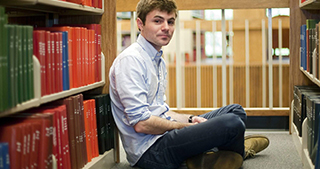Special Education
Introduction
Throughout the United States 2.4 million students are enrolled in special education programs. Special education is a broad term used to define additional services provided to individuals suffering from physical impairments, developmental delays, emotional impairments, learning impairments and communication difficulties. The types of services rendered in special education programs tend to vary based on the individual child’s needs. Despite the high level of variability associated with special education programs, these programs have been shown to help aid the child throughout their educational career. However, determining what type of special education program the child should receive is a difficult prospect for educators. Some educators are in favor of inclusion/mainstreaming, while others argue that full inclusion is detrimental to the needs of other students. Yet the successes of special education programs are contingent on the type of services the child receives, their ability to continue receiving services, the timeliness of their individual diagnosis, and the level of social support given to the child or adolescent in school and within their immediate family. The use of special education programs will be explored in order to determine how providing children with special education services tailored to meet the needs of the student affects learning comprehension.
The Role of Early Identification
Although the number of students suffering from a learning, emotional or physical disability continues to flourish, the successes of special education services provided in the classroom are heavily contingent on when the child was diagnosed. One of the main issues surrounding early identification is the fact that not all disabilities are initially evident. In contrast, many children are diagnosed with disabilities impairing their ability to learn as they progress through school. The inability to diagnose a condition that may impair the child’s ability to learn in a traditional classroom setting is problematic, as children diagnosed with a learning disability later in their academic training tend to respond worse to special education programs. However, this is in part attributed to the fact that the child may have struggled academically for years prior to being diagnosed. As a result, these children often struggle to catch up to their peers and meet state standards. Therefore, it is increasingly important for parents and teachers to work together to identify the child’s strengths and weaknesses in order to determine if the child suffers from a learning disability.


